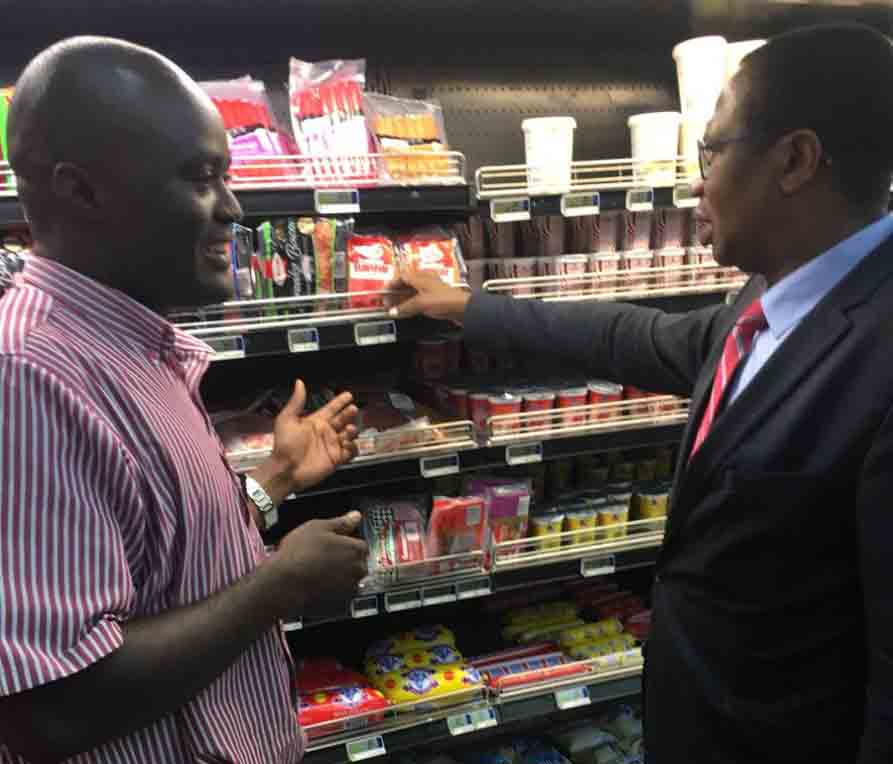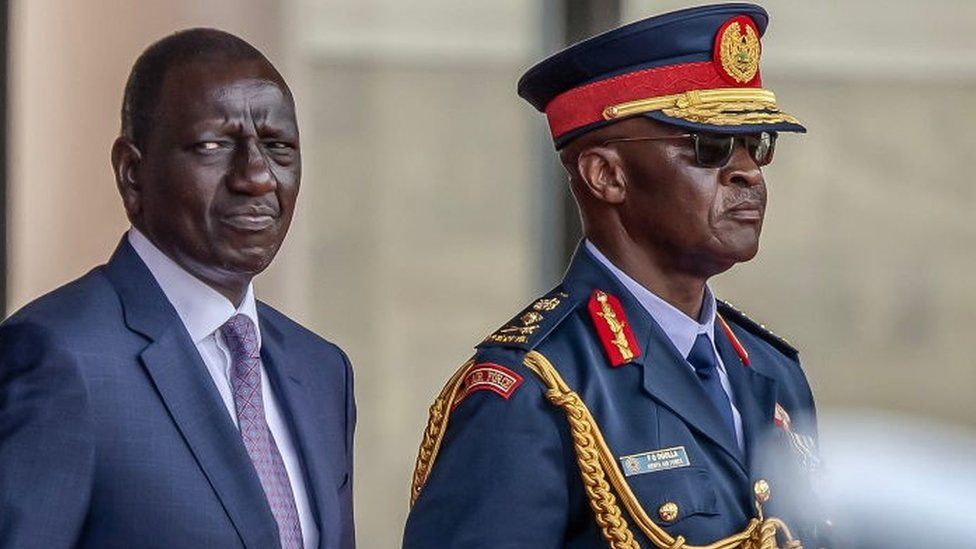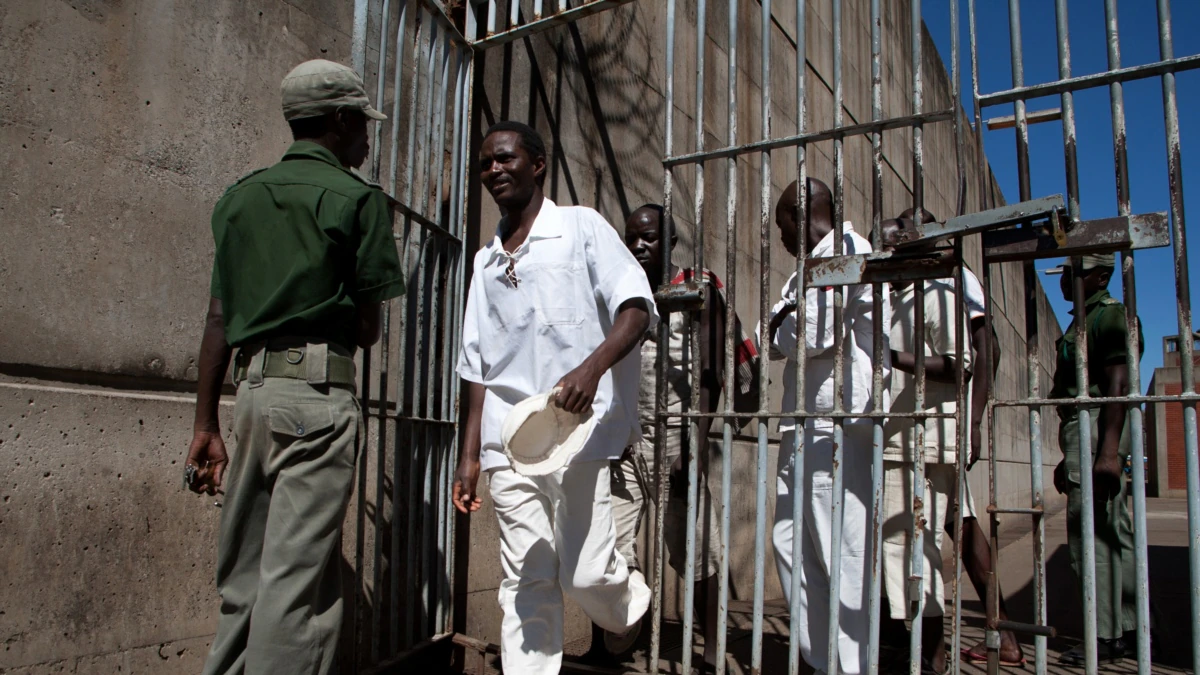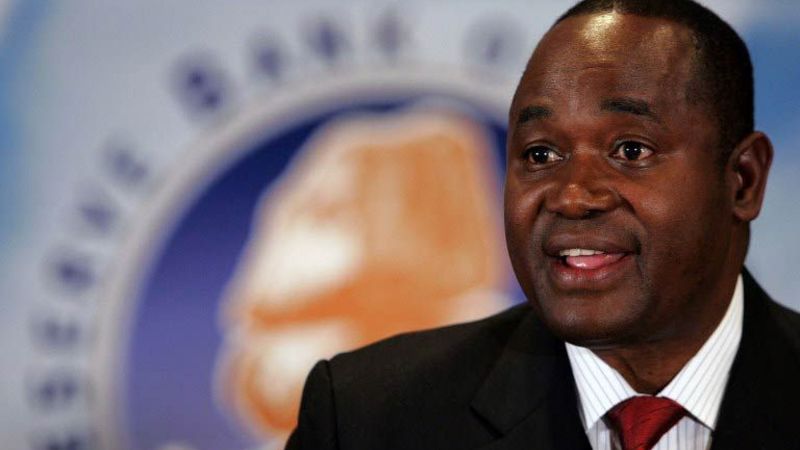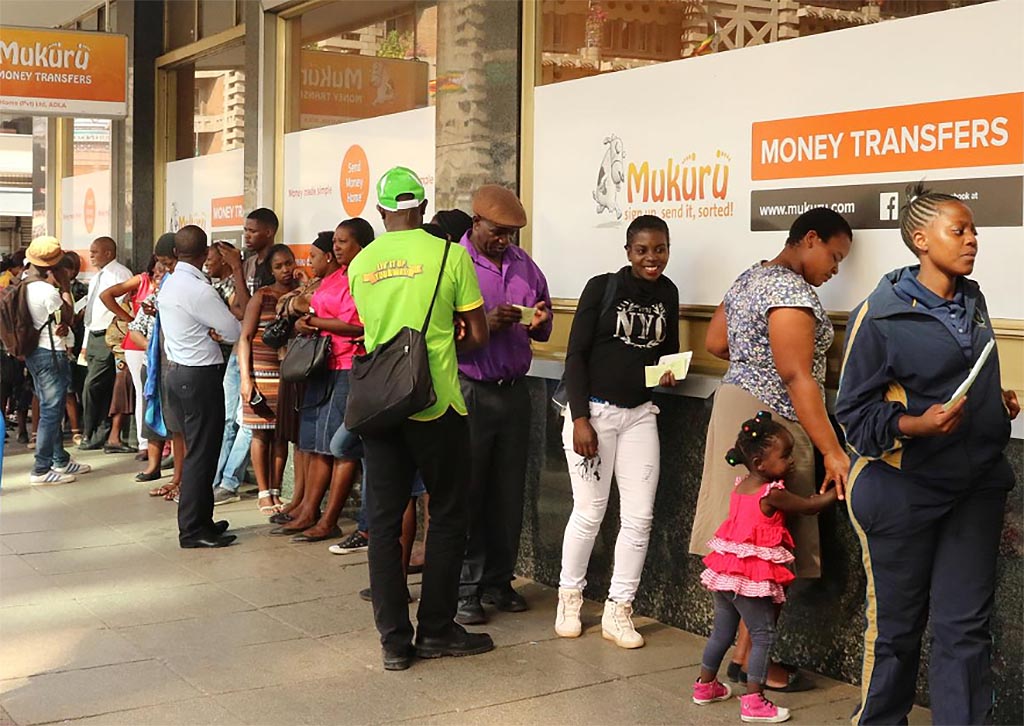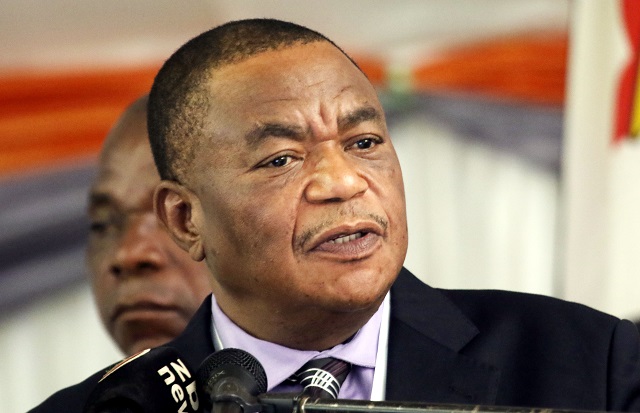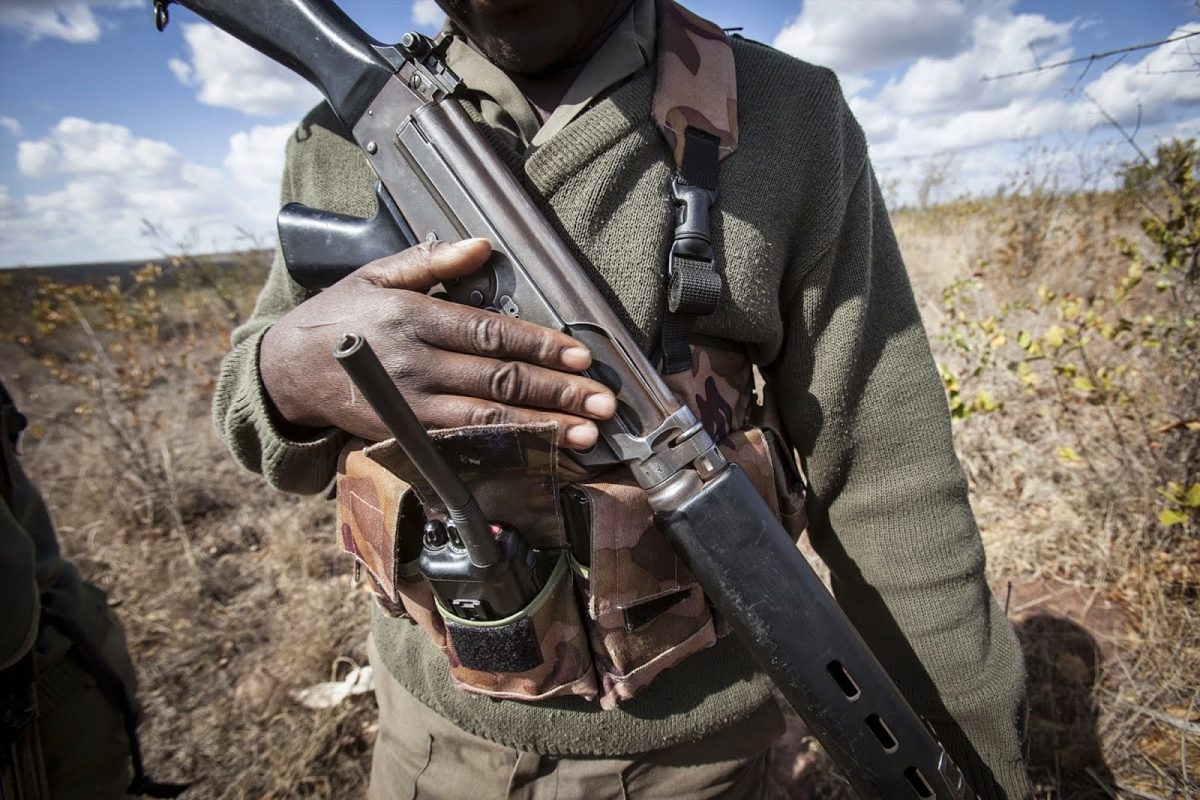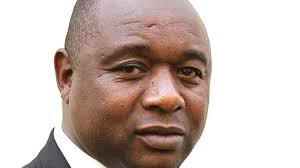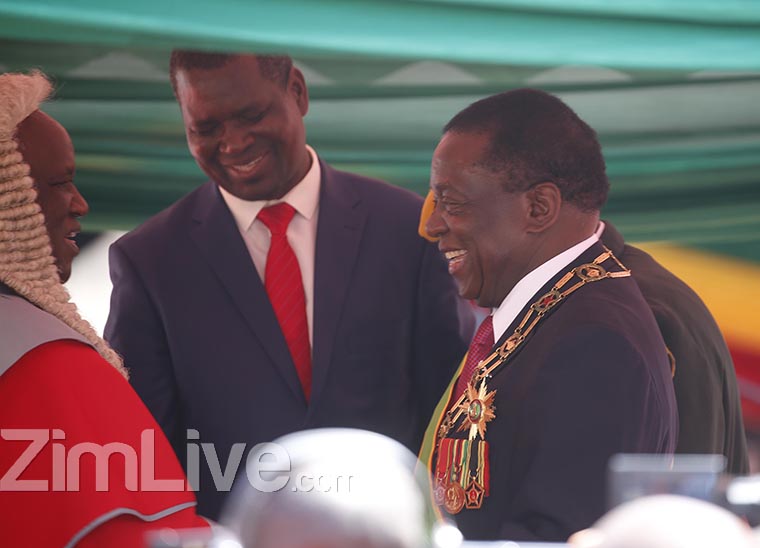HARARE – Zimbabwe’s annual rate of inflation for the month of April 2019 rose to 75.86 percent, up from 66.80 percent in the previous month.
Month on month inflation also climbed to 5.52 percent, gaining 1.14 percentage points on the March rate of 4.38 percent, the Zimbabwe National Statistics Agency said Wednesday.
Zimbabwe’s annual rate of inflation has been on an upward trend since October last year amid worsening economic conditions characterised by shortages of fuel, power and foreign currency.
In its latest review of the economy, Old Mutual said the government’s failure to provide businesses with foreign currency has been a key driver of inflation.
“As a result of limited activity, businesses and individuals are increasingly accessing foreign currency on the parallel market, thereby widening the gap between the official and unofficial exchange rates and increasing inflation pressures as retailers pass on the additional cost of imports to final consumers,” said the company.
Speaking during his state of the economy address in parliament on Wednesday, Ncube called for calm and more time to improve the country’s economic situation.
“I urge citizens to be patient. Economic reforms don’t work instantly,” he said.
“We are going through an adjustment, it will come to pass. By this time next year, inflation will be down. What we have done so far is to be true to the reform agenda.”
The minister said the government was working around the clock to address a range of problems hindering economic growth. He emphasised that Zimbabwe’s economic revival hinged on productivity, but the foreign currency shortage presented the biggest hurdle to this – for example by crippling the mining sector and contributing to fuel shortages.
The situation has been made worse by erratic rainfall, which has affected energy production at the country’s hydro-electricity station.
